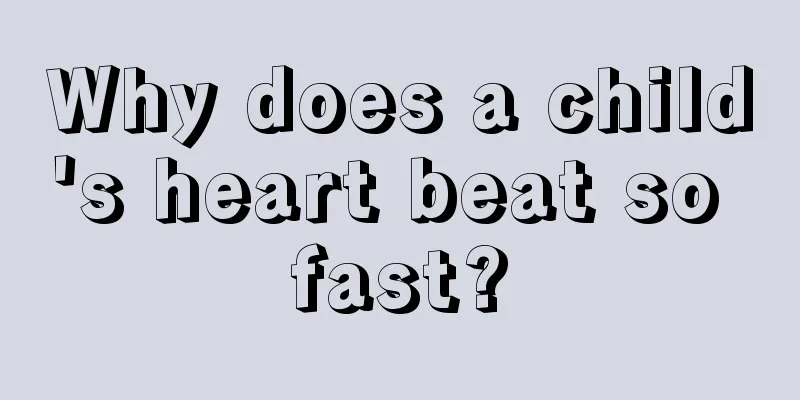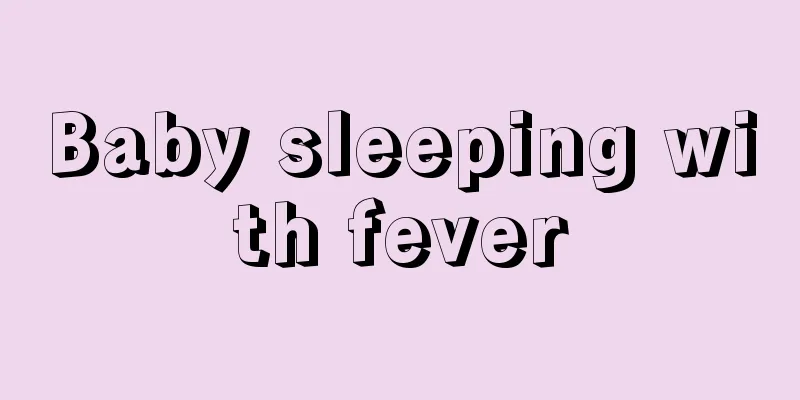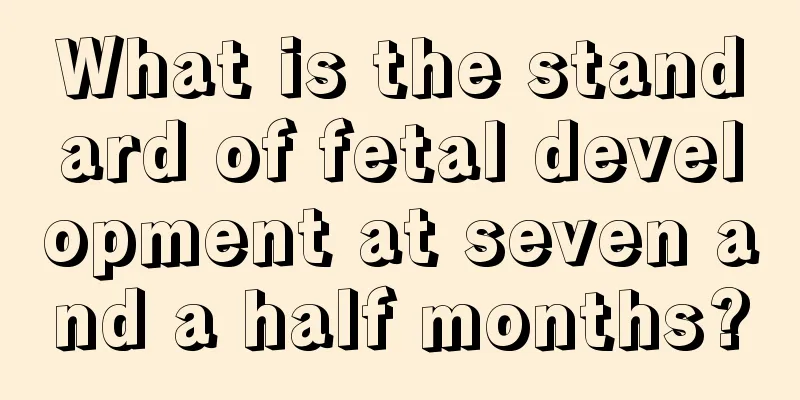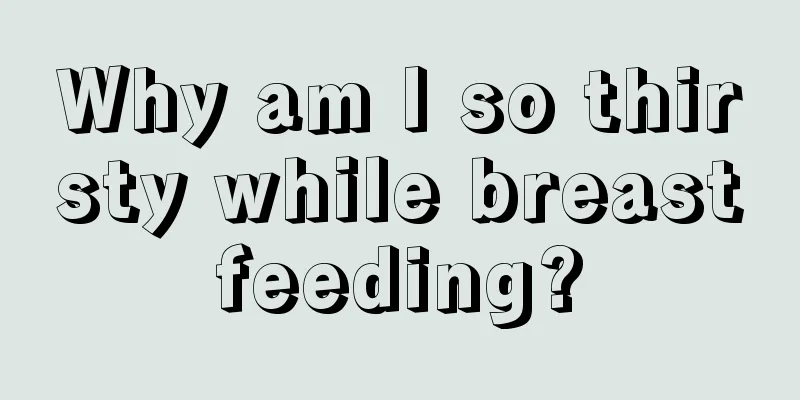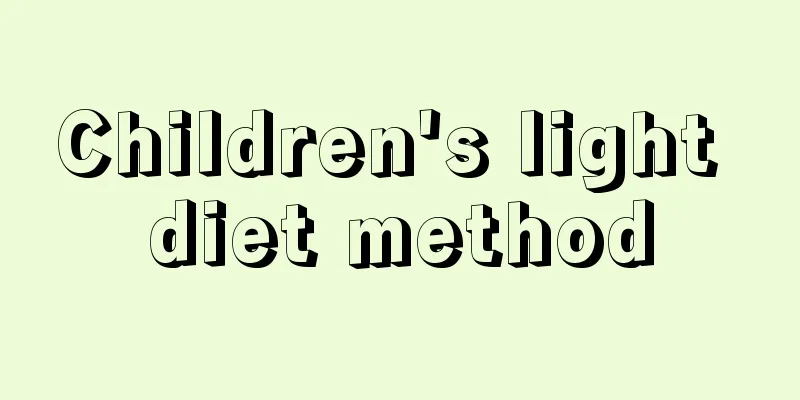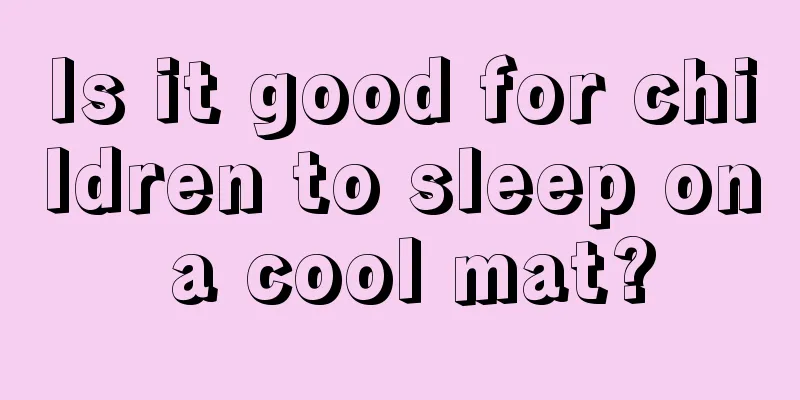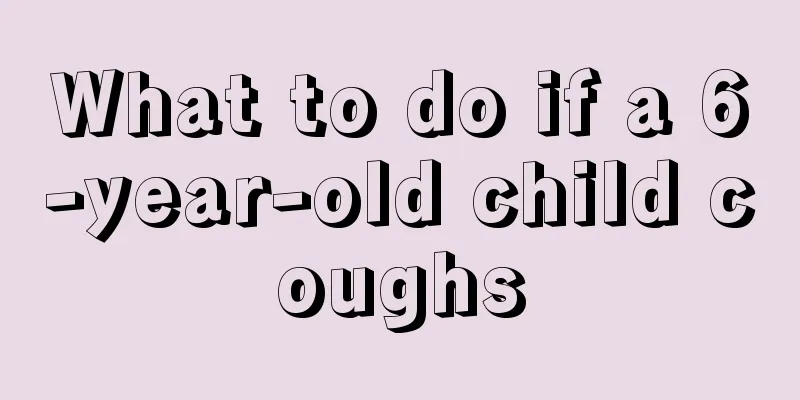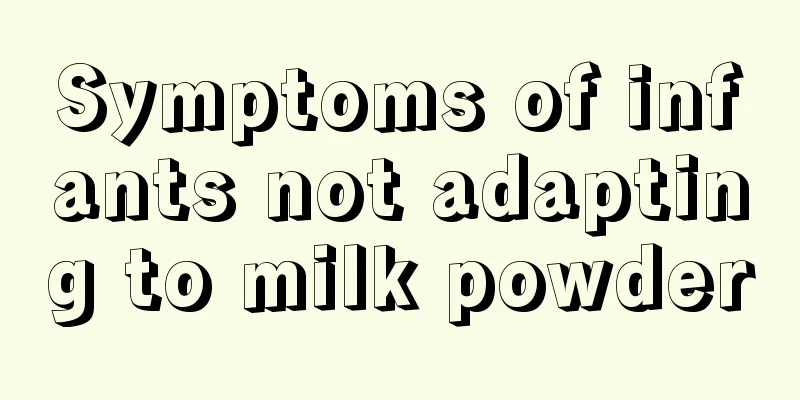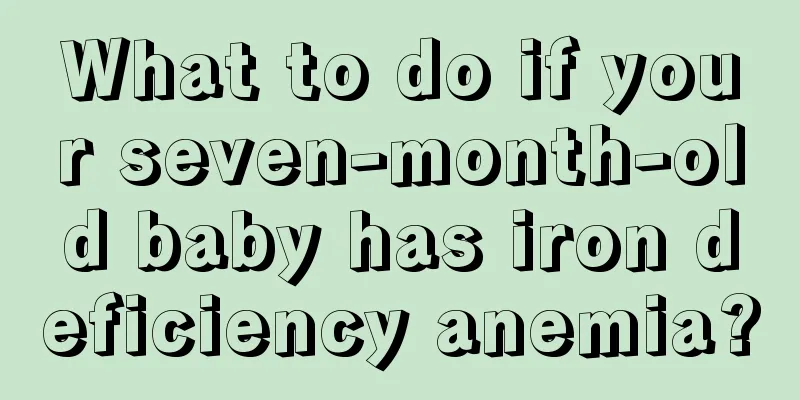Causes and treatment of febrile seizures in children
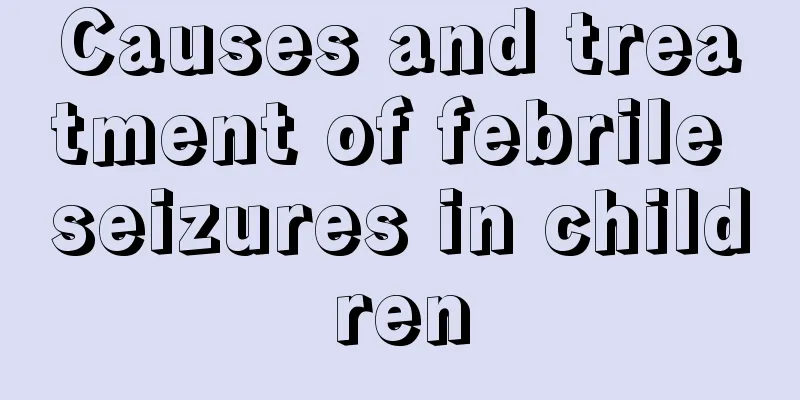
|
Febrile seizures (FC) in children are the most common convulsive diseases in infants and young children. They occur in infants and young children with convulsive attacks accompanied by fever, and those with central nervous system infections and a history of febrile seizures are excluded. However, febrile convulsions are not simply the sum of "fever" and "convulsions". Let's take a look at the causes and pathogenesis of febrile convulsions in children with the editor! 1. Causes of disease Febrile convulsions are the most common convulsions in children, mostly caused by various infectious diseases, with upper respiratory tract infections being the most common. It occurs in the early stages of diseases such as colds when the body temperature rises suddenly, and is also called febrile convulsion. Febrile convulsions do not include convulsions that occur during fever in encephalitis and meningitis. 2. Pathogenesis During convulsive discharges, a large number of neurons in the brain tissue undergo rapid and repeated lipid depolarization, which requires more energy to maintain the function of the sodium-potassium pump. The synthesis and release of neurotransmitters also increase, and the cellular metabolic process accelerates. In addition, the body temperature rises during convulsions, and muscle cramps also increase the body's metabolism. High fever can increase the brain metabolism of animals by 25%. The energy required for these activities is 2 to 4 times higher than normal. The abnormal discharge activity of the brain, namely convulsive discharge, also requires a significantly increased amount of energy, which is also an important cause of brain damage. Therefore, convulsions impose the greatest metabolic burden on the brain. Febrile convulsions are the most common type of convulsions in children. The prognosis is generally good, and the incidence of mental retardation is very low. This is because simple febrile convulsions usually occur less frequently, are shorter in duration, recover faster, and have no abnormal neurological signs. Therefore, the impact on the brain is less during convulsions. However, a small number of patients may suffer from mental retardation. There are currently two explanations for this. One is that severe febrile convulsions can cause brain damage, leading to epilepsy and mental retardation. This means that the longer the convulsion lasts and the more times the convulsion recurs, the greater the possibility of brain damage. Another view is that abnormalities have already occurred in the nervous system before febrile convulsions, and such children will have mental retardation even if they do not have febrile convulsions. In other words, it is believed that the neurological symptoms of children with febrile convulsions are not caused by the convulsions themselves, but existed before the onset of the febrile convulsions. Febrile convulsions and mental retardation are not causally related, but are determined by a common cause. In addition, brain damage caused by convulsions is closely related to age. In children, seizures lasting more than 30 minutes can cause neuronal ischemic changes, while in adults, seizures lasting more than 6 hours will cause such changes. This is because the metabolism of brain tissue is active during infancy and childhood, and nerve cells are in a period of vigorous growth and differentiation. The developing brain tissue is most vulnerable to damage, so the earlier the age of onset of convulsions, the higher the incidence of mental retardation may be. In short, if there are neurological abnormalities before febrile convulsions, it may lead to mental retardation in the future. Severe and persistent convulsions themselves can cause brain damage and affect intelligence. (III) Treatment methods 1. Febrile convulsions are generally short-lived. Most of the time no medication is needed. If the attack is in progress, acupuncture can be performed on the Ren Zhong or He Gu acupoints. Diazepam (Valium) can also be injected intravenously. 2. For simple febrile convulsions, only the primary disease needs to be treated, including antipyretic and other physical cooling measures. However, for those with a tendency to relapse, diazepam (Valium) can be used at the onset of the fever or the patient can be guided to continue until the body temperature of the original disease returns to normal. For those with complex febrile seizures or a total of more than 5 seizures, if temporary oral diazepam fails to prevent new seizures, long-term oral valproic acid or phenobarbital sodium can be used, with a course of 1 to 2 years. In some cases, the course of treatment may need to be extended appropriately. Other traditional anti-epileptic drugs have poor preventive effects on febrile seizures. After reading the editor's introduction, did you suddenly realize it? Pediatric febrile convulsions are a common critical illness. When a baby has a febrile convulsion, parents must remain calm and deal with it calmly. At the same time, they should also learn more about the treatment and prevention of convulsions to minimize the baby's illness and let the baby grow up healthy and happy~ |
<<: Emergency treatment of febrile convulsions in children
>>: Prevention of febrile seizures in children
Recommend
How to develop children's intelligence
The intellectual development of children plays a ...
How to treat acute bronchitis in children
Colds and fevers in children are a common problem...
How to deal with a child's dislocated hand_What to do if a child's hand is dislocated
If a child's hand is accidentally dislocated,...
How to deal with a baby's skin breakage
Because the baby's physical development is no...
Why does my baby fart so much?
Every aspect of the baby's life is what paren...
What are the symptoms of wind-heat cold in children
I believe everyone is familiar with wind-heat col...
12-year-old child can't sleep at night
Insomnia is common in life. There are many reason...
Is it good for children to take a bath frequently?
The bathing environment in many places is not ver...
Children drink honey water on an empty stomach in the morning
Many parents like to give their children honey wa...
Why does my child keep having a dry cough?
Sometimes, coughing due to a cold is a very norma...
What is missing from children's bedwetting
Bedwetting in children is a relatively common sit...
How to cultivate good habits in children?
Nowadays, most families have only one child, and ...
Why is the palm of the child hot?
What should we do if the baby's palms feel ho...
Why do children often bite their fingers?
If a baby is just born, it is normal for him to b...
How much milk is appropriate for a baby to eat in half a month?
Without realizing it, the baby grows very fast. W...
